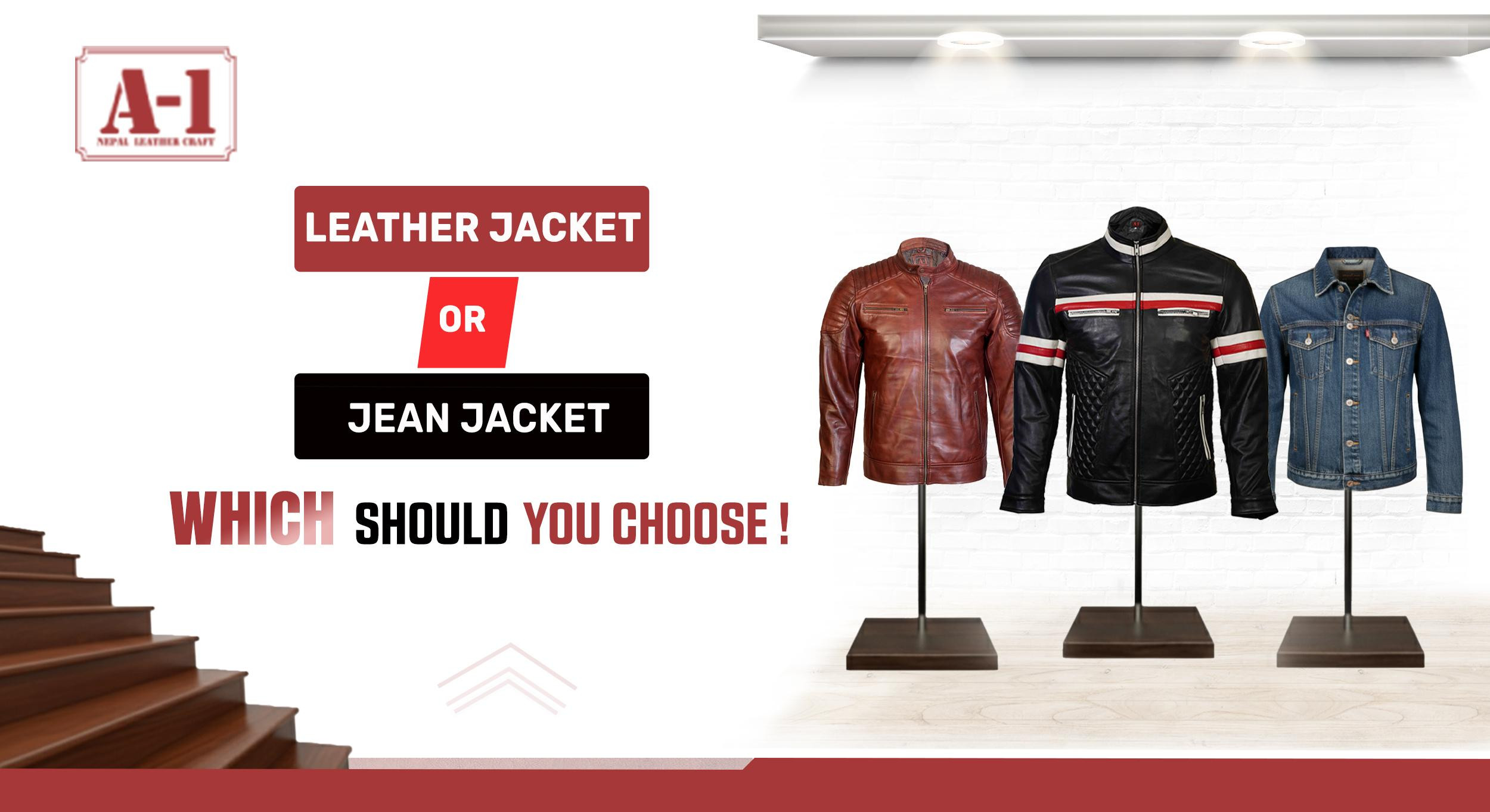Leather is a versatile material but it is not made 100% waterproof. Leather is degraded once it is exposed to water in the long run. What we talk about the most is the versatile elegance of the leather material. It has a unique touch of suppleness and has been majorly demanded in fashion and upholstery.
The aesthetic appeal of the leather plus, its durability, makes it more popular in the market today. In this article, we will discuss waterproofing leather. Also, time-tested techniques for preserving leather’s lifespan and perfectionism will be mentioned.
How is leather distinct from other Fabrics?
A touch of suppleness and sophistication provided by the natural grains and texture of leather, makes it stand out from other fabrics. But, its significance is more than just beauty and durability. Leather on wear gives comfort and flexibility, have you analyzed why? The interwinding of natural fibers processed from the hides and skins of cows, goats, and sheep, facilitates the process of leather making. Also, the material is resistant to tearing, wear, and scraping, which makes it a durable choice for customers. But what keeps striking is, Is leather Waterproof?
Leather in the raw form is not waterproof. It is the byproduct of the meat industry. As a leather lover, one can praise the intricate craftsmanship, durability, and breathability features of leather. More into the overview of the distinctive features of the leather,
1. Flexibility
Leather is made up of natural collagen fibers that are flexible. Because it can be molded into different shapes and comfortable attire, it has been a popular choice for footwear, upholstery, and garments lately.
2. Resilience
Leather is used in the manufacture of high-quality leather items, such as leather jackets, and bags. It is because the intertwined natural fibers inside this material make it durable to use over some time.
3. Breathability
Have you ever wondered how people can comfortably carry their favorite pair of leather shoes and gloves all day long? That’s because leather is a breathable material that has a porous structure. The material build-up allows proper air circulation inside making it comfortable for longer wear.
Overall, leather through its natural properties and finishing techniques, has been a convenient and sustainable choice for consumers. Won’t you grab your favorite leather jacket, belts, and wallet from A-one leather?
Is Leather Waterproof?
In short, leather is not inherently waterproof or resistant. However, in the process of making, the flexible material is treated to become water resistant. With tanning agents, chestnut bark, mineral salts, aldehydes, and others bring a protective coating to the leather.
In the process of tanning, raw materials are dyed, buffed, and even bound with collagen fibers, for several hours and days, to make it last longer. Besides, leather can be made more resistant to penetration of water in the following ways,
1. Applying oil-based conditioner or wax to the leather surface:
When you apply an oil-based conditioner or wax, this will fill in the pores of the leather surface. A rigid barrier will be created against water, as a symbol that waterproofing is done correctly. Minks oil, Fiebing's Saddle Soap, Lexol Leather conditioner, and Red Wing leather preserver are some coatings you can apply to restore the natural oils of the leather and repel water from the leather pores.
2. Using waterproof spray to prevent water penetration
The application of waterproof spray on the leather surface will develop a thin film. This will increase the water resistance property of the leather material. You can find waterproofing spray, shoe cream, and other goods to maintain the right care and waterproofing of your leather product.
3. Keeping the leather surface dirt-free makes it repel water
If your leather shoes are dirty, you need to know these. Your shoes become susceptible to damage from water penetration when excessive dirt and debris clog the pores of the leather. Long-lasting protection is only viable when you routinely clean your leather surface.
Step-by-step guide to Waterproof Leather
Are you looking for ways to effectively waterproof your leather? Well, not to get confused, as you can now conveniently waterproof your favorite leather item with these, cleaning and waterproofing solutions and guide. You may also hire professional leather care services based on your needs and preferences.
1. Clean the Leather Surface properly
Even if you have been storing your leather product for a while, the chances of dust accumulation on its layer cannot be denied. Using a soft cloth or cleaning tool to gently make it dirt-free is suggested.
2. Choosing the Right Waterproofing Agent
It becomes extremely important for you to choose the right oil-based conditioner, waterproof spray, or wax to condition your leather. For example, if you are purchasing a waterproof spray, know its purpose. A heavy-duty waterproof spray can be used for footwear but if you are planning for bags, lightweight ones can also work fine.
3. Work in well-ventilated space
Whenever you are waterproofing your leather surface, you are suggested to be sited in a ventilated area., It is because the products may contain volatile organic compounds, that may produce harmful fumes, increasing the health hazards if worked in a closed area.
4. Apply the coatings evenly
For an effective application, you need to make sure that the coatings on your leather surface are made thin and evenly. Apply it and let it dry for some time. Check if there is a build-up of clog, or a sticky residue, to correct.
5. Routine Waterproofing
For long-run protection, you need to reapply the waterproofing spray, wax, or conditioner on a routine basis. Afterward, cautiousness is vital for preserving leather's properties and longevity.
Factors Influencing the Leather Waterproofing Process
Leather waterproofing helps your favorite pair of bags, boots, and jackets from getting stained and water-damaged. Not necessarily, that the natural oil present in your leather product can create a protective coating on its surface. That’s why waterproofing your leather once in a while, depending on the number of uses and exposure is suggested.
Waterproofing leather is done after an evaluation of the material structure and the leather surface tension. Know how these and other additional crucial factors play a role in determining the effectiveness of waterproofing treatment.
1. Material Structure
Leather in raw form is water-absorbent. It is because the intertwined fiber particles in the leather still have pores and gaps, which the water molecules are likely to enter through. Material structure, if the leather is tightly or densely packed with fibers, determines the extent to which leather waterproofing should be done. Suede leather has more pores, and it needs a more effective surface coating to make it water-repellent.
2. Surface Tension
The surface Tension of the leather is also one of the crucial factors based on which the leather waterproofing process is impacted. The material with high surface tension has comparatively more capacity to repel water droplets than those with less tension. Leather waterproofing agent that can effectively increase the surface tension of the leather, can act as a barrier against water. With this, leather care can be conducted.
3. Existing treatments
One needs to analyze the existing treatments of leather, before waterproofing it. Dyeing, Conditioning, and other conducted treatments shall be reviewed and reassessed before beginning a new treatment. It is because chances of compatibility issues with the existing treatment may arise, if not taken into consideration.
4. Intended Use of Leather
Based on what you expect from the leather product, the selection of a waterproofing method will be easier. For a long time, if you want to expose your leather product extremely outdoors in a humid and moist environment, you need more durable waterproofing in leather. But if the intended use is limited, you may go with the normal waterproofing.
Conclusion
Leather is a timeless staple that is versatile enough to meet your everyday requirements. Its unique suppleness, resilience, and flexible build-up make it a popular choice for people of all ages today. However, maintaining the durability and suppleness of leather becomes a key here. Water can penetrate leather and deteriorate it over time, so, take steps to protect leather today by waterproofing.
By adhering to effective cleaning, conditioning, and waterproofing techniques for leather, you can preserve the leather's perfection and longevity. Choosing the required waterproofing method requires considering several factors like existing treatments, types of leather, material, and intended use of the leather. Once you assess these, you can now select the right waterproofing for your leather.
So, what are you waiting for? Grab your favorite pair and waterproof it today. As you intend to take care of your leather, it won't disappoint you in the years to come.





